Breakthrough: a new branch on the tree of life
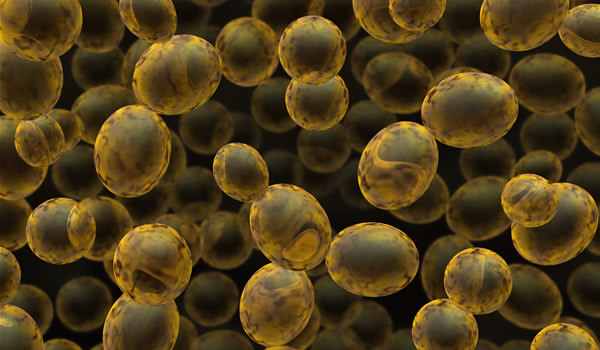
In the old days - about two thousand years ago - was simple: all forms of life were divided people into two categories: animals and plants. An animal kingdom and other vegetation science was enough to include all forms of life known to man. It was long before the invention of the microscope, so very very many lives, although there were, obviously, then, could not be seen, therefore, not part of the reality perceived by the ancients, and therefore do not bother with them . Great scholars such as Aristotle, ranked only what they saw, so he divided the plant and animal beings. Later, however, things were complicated and the recent discovery of a whole new group of creatures - not good with anything resembling what it knew and did not match any of the criteria for identification of known categories, put on jar world of science: what are these strange creatures and where they should be placed in the phylogenetic tree of living things?
Many people believe that mushrooms are plants, people remain dependent on this, the old concepts that, for millennia, led to the classification of life forms.
Increases in the ground and not moving? E plant. It moves only and does not grow from the earth? E animal. For a long time, this classification based on two criteria are simple and clear, was enough to classify the macro world.
As an echo of this view - outdated, but ... that's people, even those in science, hardly renounced its traditions and old habits - the mushrooms are being studied at school, within hours "Botanical" and even faculties of biology, mycology (the discipline that studies fungi) held, usually the Department of Botany / plant biology. That is, although the mushrooms are now placed in systematic creatures, in a separate kingdom, of their own, called Fungi (recognizing so that they are neither plant nor animal, nor anything - mushrooms / fungi), the confusion is perpetuated.
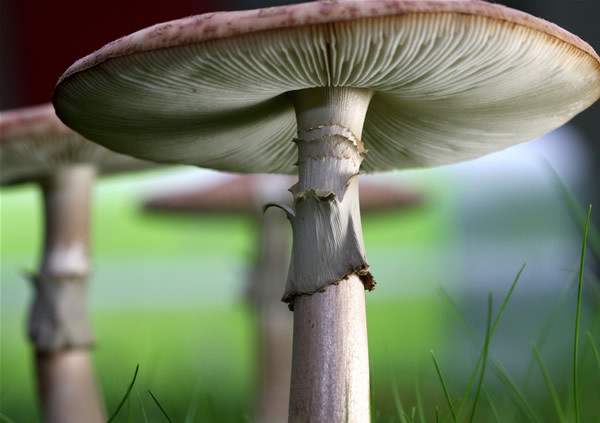
But science - even if it looks, sometimes, a certain inertia - not standing still. With the invention of the microscope, a new world hitherto concealed his sight gradually revealed fascinating human beings and was needed for these new criteria and new classification.
And so, the discovery in the discovery, it was and when, in the mid-twentieth century, biologists have discovered that, while growing on the ground and not move, however, fungi are not plants of the same brotherhood.
First of all, have a completely different nutrition: if they eat plants contain chlorophyll and autotrophic (Preparing and that is, single feed - organic-substances from carbon extracted from the air, using light as an energy source), mushrooms Instead, break down and then absorb organic substances from the soil complex. Therefore, their function is different in their nature, quite different from that of plants: if plants are producers, mushrooms are decomposers, thus fulfilling the opposite role.
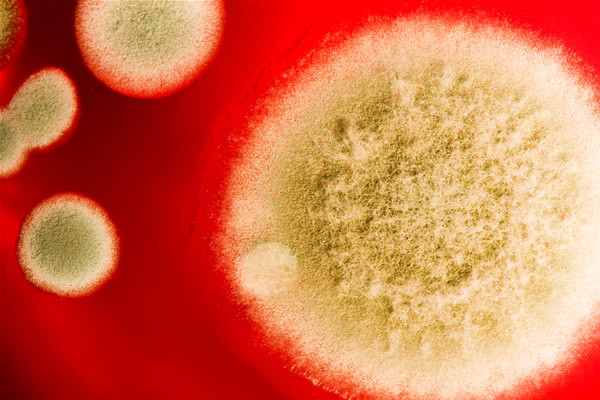
Then, have different reproductive modes from those of plants and other complex life cycles than those of the vegetal world.
And with advances in biochemistry, came the great revelation of the fact that plants and fungi are very different from each other in biochemistry. One of the basic characteristics of the flora (plants) is the presence of rigid cell walls, constituted mainly of cellulose, which covers the heart cell membrane structure and give the plant rigidity. Thanks to their plants can be lifted above the ground, the thin stems sometimes unreliable, ascending to the light - their source of energy.
Unlike the plant world, the fungus - which includes thousands of shapes, very different from molds to Hrib and Flap, from yeast to fungi that cause plant diseases - is the presence of a distinctive feature cellulose cell walls are not organized, but from chitin. Chitin is synthesized and animals - many invertebrates have an exoskeleton chitin, a handy example is elitrele (wings countries) of the beetle, which covers and protects the other pair of wings, membranous, thin and transparent - so that, in terms of biochemical at least, fungi are closer to animals than plants. Shocking? It may be, but I think the first idea you have to grasp here is that we know still so little about life in this world around us ...
Resemble - somewhat - with mushrooms, but ...
I did all this input to show that, though now thought that at last we plainly like mushrooms that are not plants, but with everything else as worthy to stand in their own kingdom, in fact, We are very, very far from knowing everything there is to know about mushrooms - in particular - and about life on Earth in general.
Recently, a British team of biologists from the Natural History Museum in London and the University of Exeter, found in a small lake, some ... well, some forms of life which, although apparently were microscopic fungi, when May have been studied it carefully, proved to be something else different from yeast enough to make researchers eyed yawning.
Scientists have already categorized as "missing link" between fungi and creatures celelelate groups and state that the oldest group being of one type of fungi known to date, that would correspond to a time when the fungus' real "(cell wall chitin) began to differentiate and evolve and that, therefore, these newcomers live on stage systematics world could give some valuable clues on how to perform such development.
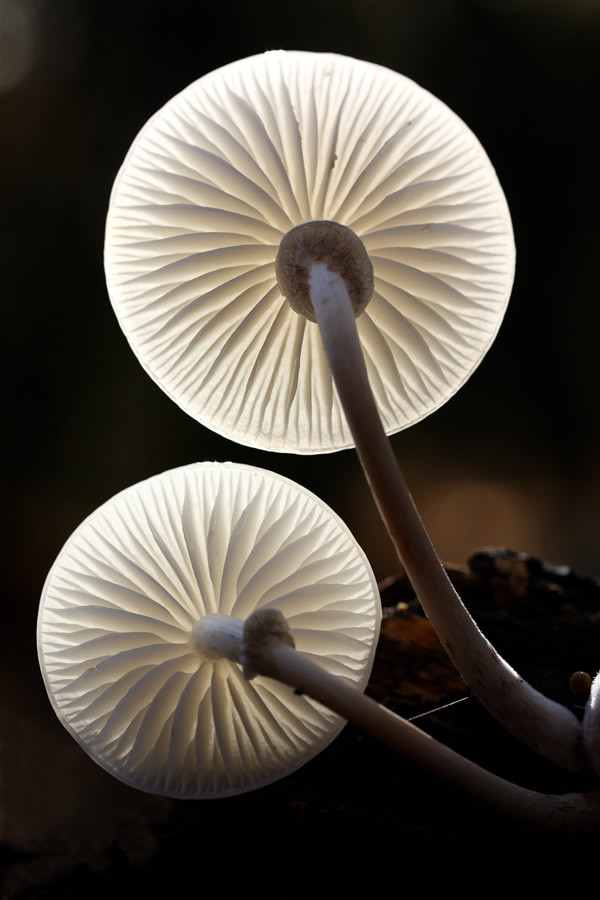
If the expression seems a bit vague, think about something it's not the job people do not know and do not quite understand what it is and where to sit - a piece of the puzzle that still do not know where to sit.
Cryptomycota called them - "hidden mushrooms" could be translated name - and by one another, they consider a group related to fungi, awaiting the moment when more detailed information, results of future research, will allow them to understand better family relationships of other creatures cryptomycote. Already, experts talk about the need to redraw the tree of life (at least the mushrooms) to find a suitable place and the new twigs.
What is known about Cryptomycota so far?
They are a very diverse group - probably as diverse as fungi known again - and the study species is only beginning.
Cryptomycotele organisms studied so far are eukaryotes (cells with a nucleus that contains genetic material) and the form of oval shaped cells, small (3-5 micrometers), capable of forming a microtubular filament.
Cryptomycotele find themselves in a variety of environments, including soil, fresh water, in aquatic sediments ...
Cryptomycotele does not in any of the life cycle stages, cell wall chitin, fungi typical "ordinary", they do not comply, therefore, the general plan of the cell structure of the fungus, and this is the most important difference between them and fungi.
The studies included genetic analysis and detection performance of microscopy techniques and the results are promising: what we know so far is exciting enough to stimulate curiosity and enthusiasm of researchers for future studies.
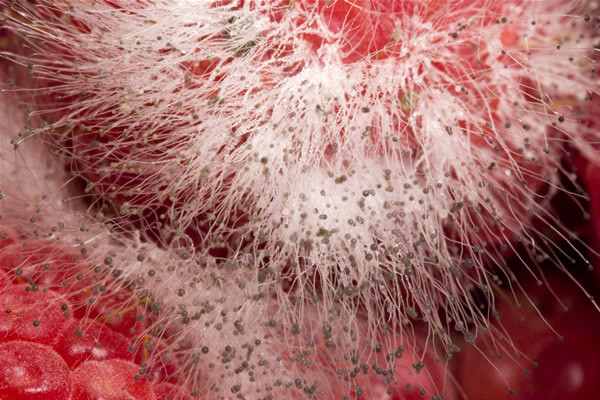
Life on Earth is a story of her long and full of stunning detail, sometimes unpredictable, and scientists that systematists do: find and write to us all, the story. Distinctly in the information sources available today and fossils-creatures - the details of this complicated history, scientists shed light and put it on paper, so everybody understand it.
Sometimes unexpected things discovered, has been a turning point in desfăşurararea unexpected events, sometimes they fill a gap in knowledge or shake a belief that seemed unbreakable.
Cryptomycota group discovery is one of the events that force us to revise our views on the classification and evolution of the living world and to rewrite some of the chapters.
He said Dr. Thomas Richards very well, from London's Natural History Museum, among scientific discoverers of cryptomycotelor unmul: they might be forced to rewrite the textbooks of mycology, fungi classification rethink and develop a different definition of what is a fungus. This is scientific knowledge - an eternal landscape change.
You Have Comments and Share Options
Enjoy ! Enjoy !










